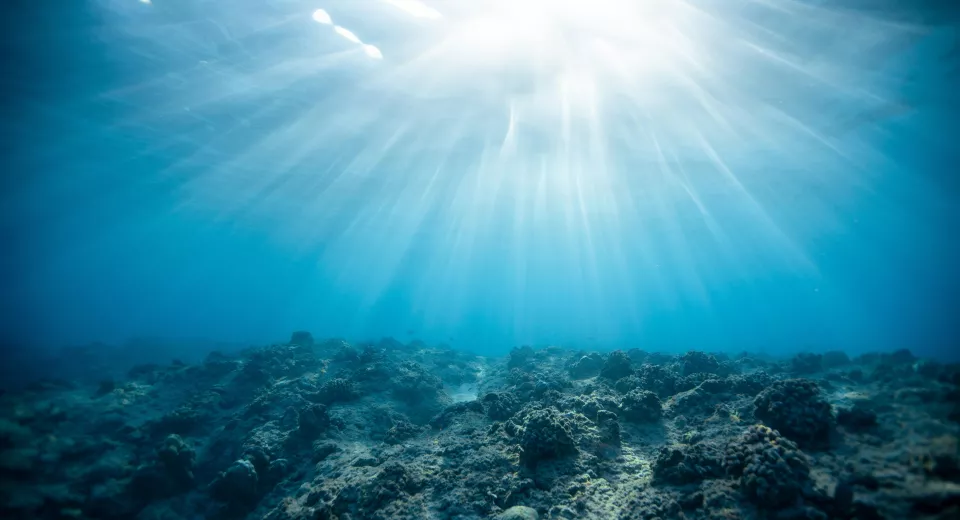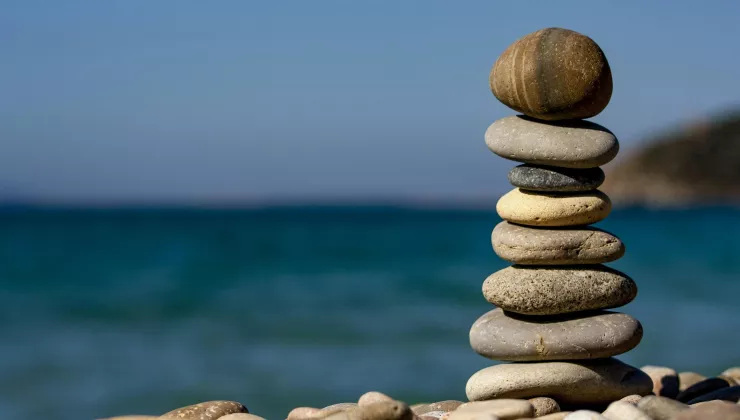European Nature Restoration Law set to enter into force
In Europe, nature has been in decline for decades. This has resulted in more than 80 percent of European nature reserves being in poor condition. With the new European Nature Restoration Law, the European Commission wants to reverse this trend.
The European Nature Restoration Law is an important part of the European Green Deal.
Goals of the Nature Restoration Law:
We briefly summarise some of the highlights of the European Nature Restoration Law below:
- Nature restoration both on land and at sea: at least 30% of the affected ecosystems need to be restored by 2030, and 90% by 2050;
- Greener cities: the number of trees and green spaces needs to increase. If a tree disappears in a city, a new one needs to be planted at a different location;
- Free-flowing rivers: Europe needs to have 25,000 kilometres of free-flowing rivers by 20250. In addition, the number of flood areas needs to increase;
- More pollinators: The law provides for better protection of pollinators such as bees and butterflies. This should result in a higher number of pollinators.
- More biodiverse agriculture: The number of insects and meadow birds needs in agricultural areas needs to increase, and original landscape elements need to be restored.

Marine nature restoration, how to get started?
The European Nature Restoration Law includes a list of examples of specific nature restoration measures in Annex VII. Below you can find the measures that relate to the blue economy:
- Minimise negative impacts of fishing activities on the marine ecosystem, for example by using gear with less impact on seabed.
- Restore important fish spawning and nursery areas.
- Provide structures or substrates to encourage the return of marine life in support of the restoration of coral, oyster or boulder reefs.
- Restore seagrass meadows and kelp forests by actively stabilising the sea bottom, reducing and, where possible, eliminating pressures or by active propagation and planting.
- Restore or improve the state of characteristic native species population vital to the ecology of marine habitats by conducting passive or active restoration measures.
- Reduce various forms of marine pollution, such as nutrient loading, noise pollution and plastic waste.
Relevant projects
Blue Cluster is a passionate advocate of nature restoration measures linked to the sea. Explore some of our projects that focus on nature restoration:
- Bankbusters: reusing fine dredged material to restore salt marshes;
- BlueMissionBANOS: identify specific measures for to restore our ocean and waters;
- Coastbusters: integrating plant and animal species in coastal protection;
- Design for Public Value At Sea (D4pV@Sea): including natural elements in marine spatial planning.


